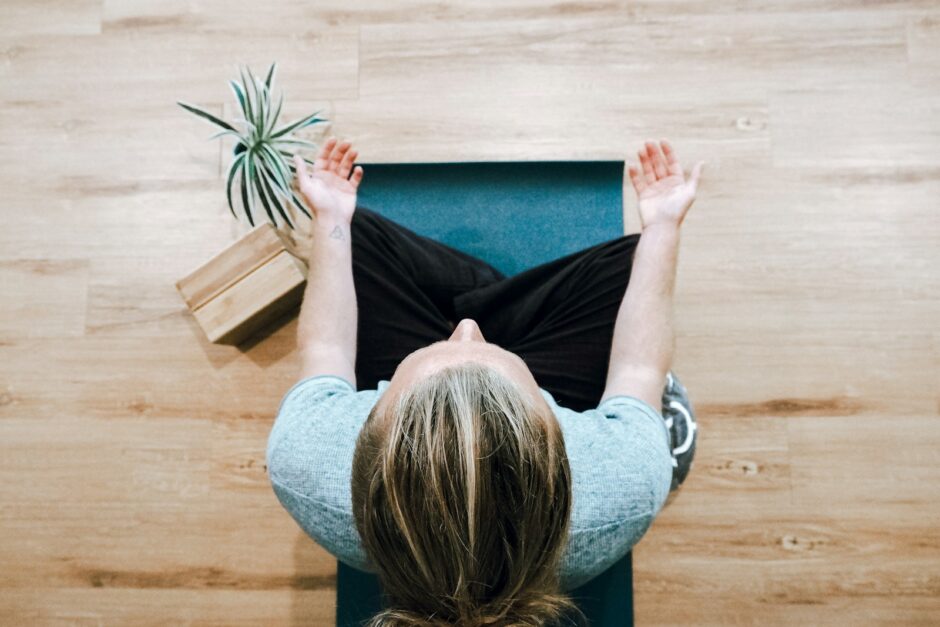Living with borderline personality disorder (BPD) can feel like being on an emotional rollercoaster. But when thiLiving with borderline personality disorder (BPD) can be challenging, but daily habits can support emotional stability and help reduce distress. Building structure and self-awareness into your day can improve how you manage symptoms over time.
This guide outlines practical self-practices that are easy to apply in daily life. These strategies do not replace professional support but can work alongside therapy and medication to help manage BPD.
Table of Contents:
Start the day with structure
Many people with BPD experience emotional ups and downs that can feel unpredictable. A structured start to the day can provide a sense of control and calm.
- Try waking up at the same time each morning
- Follow a short morning routine such as washing, dressing and eating a simple breakfast
- Set one or two achievable goals for the day
Keeping a consistent pattern helps reduce emotional overwhelm and makes the day feel more manageable.
Use grounding techniques
Grounding is a way to manage intense emotions or dissociation by bringing your focus back to the present moment.
Try practising:
- The 5-4-3-2-1 method: Name 5 things you can see, 4 you can touch, 3 you can hear, 2 you can smell and 1 you can taste
- Holding a textured object like a stone or piece of fabric
- Splashing your face with cold water or noticing your feet on the ground
These techniques can calm the body and mind, especially during emotional spikes.
Keep a mood and trigger journal
Writing things down helps track patterns, express emotions and notice what makes symptoms better or worse.
Each day, jot down:
- How you feel emotionally
- Any strong reactions or events
- What helped or made things harder
Over time, this record can help you identify common triggers and what supports your wellbeing.
Make space for self-soothing
Self-soothing helps calm your body and nervous system during distress. It is important to discover what works for you.
Some options include:
- Listening to calming music
- Wrapping yourself in a soft blanket
- Drinking something warm
- Doing gentle movement like stretching or walking
You do not need to wait until you are in crisis to self-soothe. Practising regularly helps build emotional resilience.
Build in connection
Feeling isolated can make symptoms harder to manage. Healthy connection with others can help you feel supported and understood.
Each day, consider:
- Sending a short message to a friend or loved one
- Attending a support group or online forum
- Talking to a therapist or peer worker
Even small moments of connection can help ease loneliness and build trust over time.
Reflect and reset before bed
Taking a few minutes at the end of the day to reflect can support better sleep and emotional balance.
You could try:
- Writing down one thing that went well
- Noting any feelings or thoughts from the day
- Practising a short relaxation or breathing exercise
Keeping your night-time routine simple and calming helps your body prepare for rest and makes it easier to start the next day fresh.
Summary: Daily self-practices for managing BPD
Managing BPD is a daily process that takes time, effort and kindness to yourself. These practices can support emotional stability and help you feel more in control. Building structure, noticing patterns, calming your body and staying connected can all make a difference. Start small, be consistent and reach out for help when needed.

